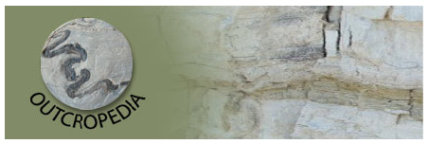In the first outcrop (fig. 1a) migmatites of the GSV, formed at the expense of metasedimentary rocks, can be observed. These rocks, located outside the FMSZ, are medium-grained migmatitic gneiss with a quartz-plagioclase-biotite-fibrolitic sillimanite-cordierite assemblage with few K-feldspar and muscovite. Relict kyanite and garnet rarely included in plagioclase suggest that these rocks reached P-T conditions…
In the first outcrop (fig. 1a) migmatites of the GSV, formed at the expense of metasedimentary rocks, can be observed. These rocks, located outside the FMSZ, are medium-grained migmatitic gneiss with a quartz-plagioclase-biotite-fibrolitic sillimanite-cordierite assemblage with few K-feldspar and muscovite. Relict kyanite and garnet rarely included in plagioclase suggest that these rocks reached P-T conditions of the upper amphibolite-facies (650–700 °C; 0.6–0.8 GPa) and subsequently suffered a decompression from the kyanite to the sillimanite stability field. From the structural point of view the migmatites shows a gneissic foliation (fig. 1b) that is affected by open to tight symmetric folds (fig. 1a, b). The folding event occurred in a strain regime compatible with the shearing deformation in the FMSZ and contributed to accomodate a nearly horizontal shortening.
